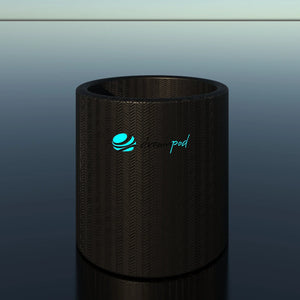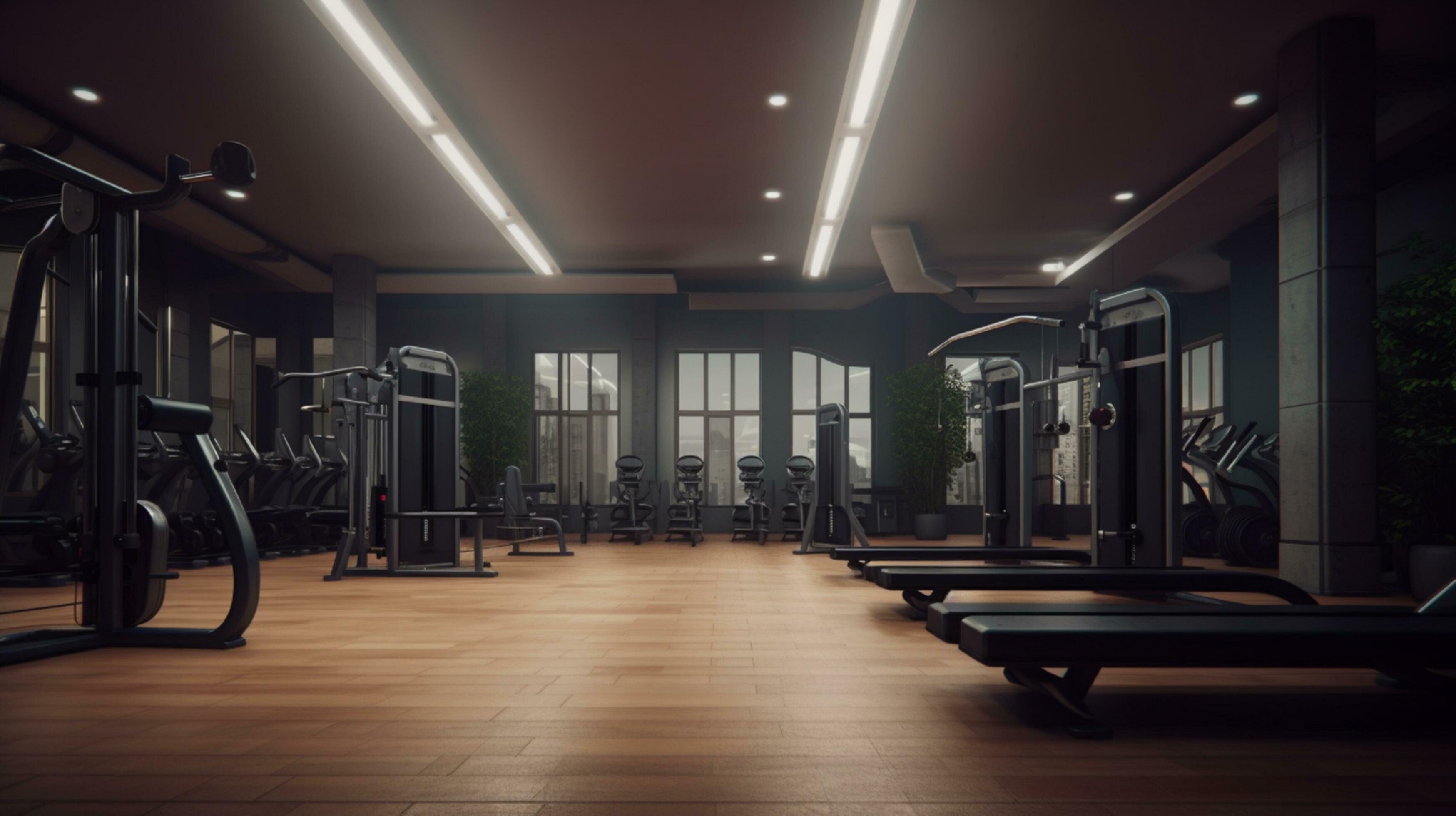Skip to product grid
-


Dreampod Cold Plunge Ice Bath Barrel FLEX
Regular price $760.00Sale price $760.00 Regular price -


Dreampod Cold Plunge Ice Bath Barrel FLEX with Chiller
Regular price $3,515.00Sale price $3,515.00 Regular price -


Dreampod Cold Plunge Ice Bath Barrel with Chiller
Regular price $6,270.00Sale price $6,270.00 Regular price -


Dreampod Cold Plunge Ice Bath FLEX
Regular price $760.00Sale price $760.00 Regular price -


Dreampod Cold Plunge Ice Bath FLEX With Chiller
Regular price $3,515.00Sale price $3,515.00 Regular price -


Dreampod Cold Plunge Ice Bath with Chiller
Regular price $5,890.00Sale price $5,890.00 Regular price -


Medical Breakthrough Frozen 1 Cold Plunge - Premium Cold Therapy Tub with 37°F Safety, Military-Grade Insulation & Plug-and-Play Design
Regular price From $9,649.00Sale price From $9,649.00 Regular price -


Medical Breakthrough Frozen 2 Cold Plunge Tub with Dual Chiller & Heavy Duty Step
Regular price From $10,649.00Sale price From $10,649.00 Regular price -


Medical Breakthrough Frozen 3 Cold Plunge Tub with Heavy-Duty Step & Aromatherapy Features
Regular price From $11,649.00Sale price From $11,649.00 Regular price -


Medical Breakthrough Frozen 4 Cold Plunge Tub - Ultimate Cold Therapy, Aromatherapy & Easy Setup
Regular price From $10,649.00Sale price From $10,649.00 Regular price -


Medical Breakthrough Frozen 5 Cold Plunge – 37°F Cold Therapy with Heavy-Duty Step & Filtration System
Regular price From $11,649.00Sale price From $11,649.00 Regular price -


Medical Breakthrough Frozen 6 Cold Plunge Tub with Essential Oil Infuser & UV Protection
Regular price From $12,649.00Sale price From $12,649.00 Regular price -


Medical Breakthrough Frozen 7 Cold Plunge - Commercial-Grade Cold Therapy for Up to 6'7" Users
Regular price From $11,649.00Sale price From $11,649.00 Regular price -


Medical Breakthrough Frozen 8 Cold Plunge – 375 Lbs Capacity, Indoor/Outdoor, Essential Oil Infuser
Regular price From $12,649.00Sale price From $12,649.00 Regular price -


Medical Breakthrough Frozen 9 Cold Plunge With Heavy-Duty Step & Aromatherapy Features
Regular price From $13,649.00Sale price From $13,649.00 Regular price -


Nubis Portable IceBath
Regular price From $1,349.00Sale price From $1,349.00 Regular price



































